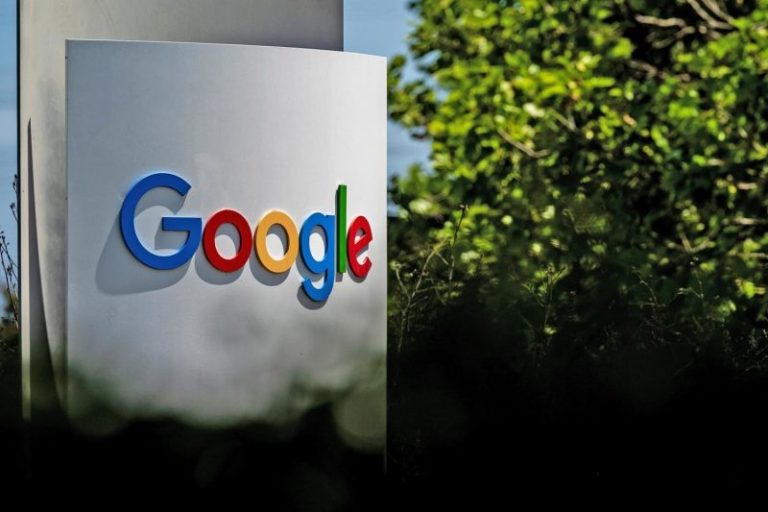Uncle Herschel is returning to the Cracker Barrel chair.
After online outrage by conservatives who accused the country-themed restaurant chain of changing its values or going “woke” when it rolled out a new logo, the company said Tuesday that it was returning to its old branding.
‘We thank our guests for sharing your voices and love for Cracker Barrel. We said we would listen, and we have. Our new logo is going away and our ‘Old Timer’ will remain,’ Cracker Barrel said on Facebook.
‘At Cracker Barrel, it’s always been — and always will be — about serving up delicious food, warm welcomes, and the kind of country hospitality that feels like family,’ the company said. ‘As a proud American institution, our 70,000 hardworking employees look forward to welcoming you to our table soon.’
Cracker Barrel, which has restaurants in 43 states, on Aug. 18 announced its new ‘All the More’ campaign and logo change, which removed the old man perched on a chair and the barrel from Cracker Barrel signs.
The new logo did not go over well in some spheres, and on social media, conservative critics accused the restaurant chain of abandoning its traditional values or of being ‘woke.’
President Donald Trump weighed in on the matter earlier Tuesday, writing on his social media platform, Truth Social, that the company should return to the old logo.
After Cracker Barrel announced the reversal Tuesday, Trump said on the platform: ‘Congratulations ‘Cracker Barrel’ on changing your logo back to what it was. All of your fans very much appreciate it.’ Trump also wished the company good luck.
Taylor Budowich, a deputy White House chief of staff, claimed on X that he’d spoken with people at Cracker Barrel by phone Tuesday about the issue and said, ‘They thanked President Trump for weighing in on the issue of their iconic ‘original’ logo.’
Cracker Barrel did not immediately respond to a request for comment about a White House call.
Shares of Cracker Barrel jumped sharply Tuesday night after it announced the reversal. Since the debut of the new logo on Aug. 18, shares are down nearly 13%.
Cracker Barrel tried to tamp down the controversy Monday by admitting ‘we could’ve done a better job sharing who we are and who we’ll always be’ and issuing reassurances that its values had not changed.
The change was part of a “strategic transformation” that started in 2024 to revitalize the brand, CNBC reported when the new logo was introduced. The company has said that the initiative included ‘refreshing the brand identity’ and making changes to its menu.
Other companies have been met with right-wing outrage for advertising or other business decisions, including when Bud Light had a branded content partnership with transgender TikToker Dylan Mulvaney.


